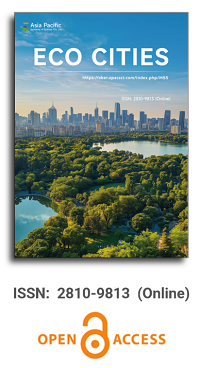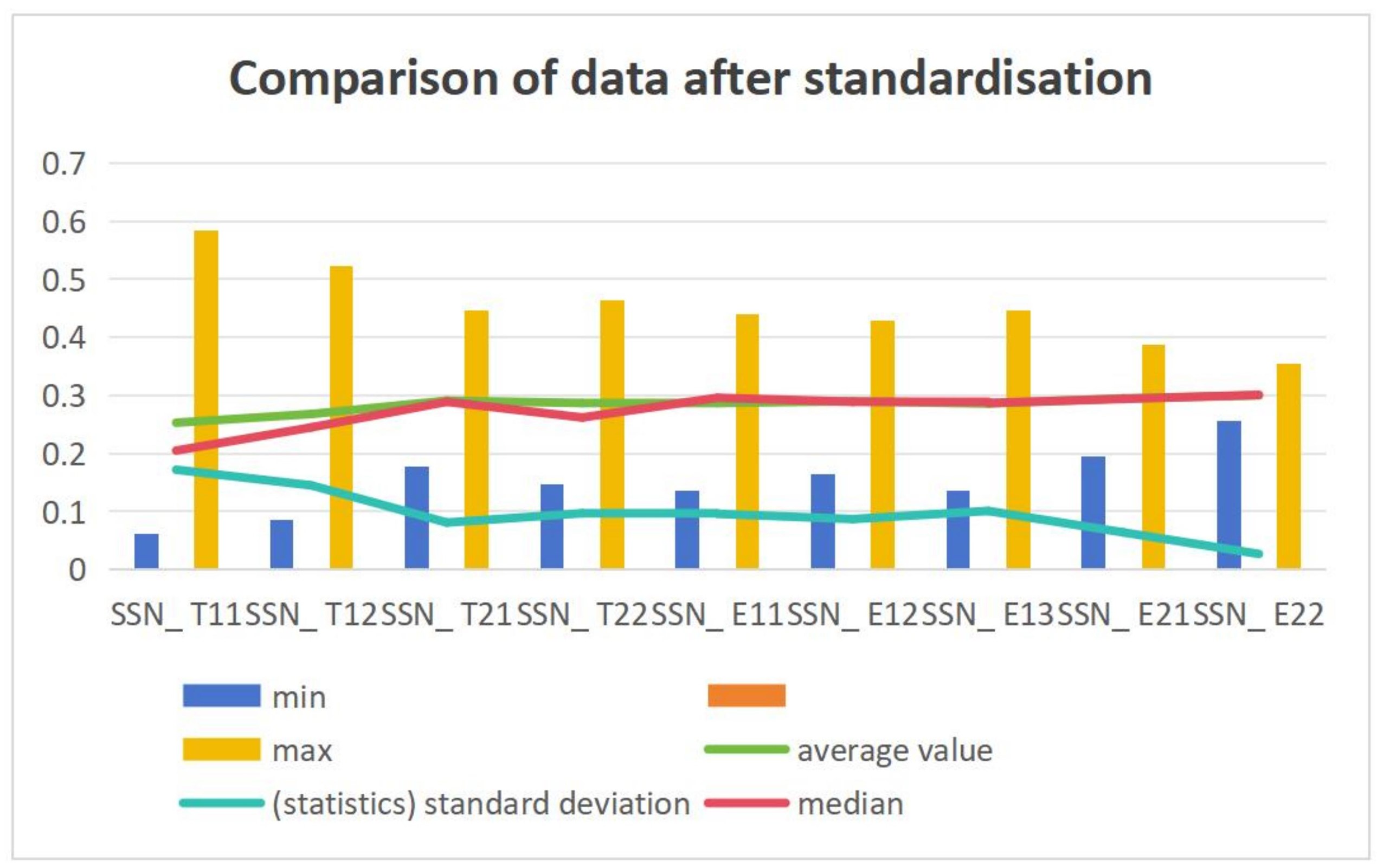


Performance evaluation of urban two oriented society development in Hunan Province from the perspective of low carbon
Vol 1, Issue 2, 2020
Download PDF
Abstract
According to the requirements of “two oriented” social development, this paper makes an empirical study on the construction performance of 13 prefecture level cities in Hunan Province from a low-carbon perspective by comparing the evaluation index systems of ecological city and low-carbon city. This paper compares and analyzes the changes of 13 prefecture level cities in four aspects: economic development, social development, resource conservation and environmental protection. Before and after Hunan Province became the experimental area of “two oriented” social reform, the results show that in terms of urban economy, 13 cities show a development model of high in the East and low in the west, especially the economic development of Changsha-Zhuzhou-Xiangtan urban agglomeration is significantly faster than that of other prefecture level cities. In terms of urban society, compared with other aspects, the change gap is the smallest, among which Changsha is the fastest and Zhangjiajie is the slowest. In terms of urban resources, the overall level changes greatly compared with other parts. Among them, Changsha, Shaoyang and other cities consume less resources, while Loudi, Yueyang and other cities in the old industrial base consume more resources. In terms of urban environment, most urban environments have improved. In general, the construction of “two oriented cities” in 13 prefecture level cities in Hunan Province has improved in terms of economy, society, resources and environment, but there is still great room for improvement, especially in infrastructure construction, scientific and technological level, utilization rate of “three wastes” and urban environmental governance capacity.
Keywords
References
- Qiu B. Transformation trend of urban development model in China—Low carbon ecological city. Urban Development Research 2009; 16(8): 1–6.
- Gu C, Tan Z, Liu W, et al. Research progress on climate change, carbon emission and low-carbon urban planning. Journal of Urban Planning 2009; (3): 38–45.
- Wang Z, Zhu Y. Study on carbon emission status and emission reduction countermeasures of provinces and regions in China. Journal of the Chinese Academy of Sciences 2008; 23(2): 109–115.
- Sun H. “Two-oriented society” construction and “two-oriented industry” development of China—In view of the empirical research of Changzhutan megalopolis. China Industrial Economics 2009; (11): 25–34.
- Wang W. Chang-Zhu-Tan chengshiqun jianshe “liangxing shehui” shizheng fenxi” (Chinese) [Empirical analysis on the construction of “two-oriented society” in Chang-Zhu-Tan urban agglomeration] [Master’s thesis]. Changsha: Central South University; 2009.
- Kuang Y, Xie H, Yin X. Liangxing shehui” shengtai wenhua tixi goujian—Chang-Zhu-Tan chengshiqun shizheng fenxi (Chinese) [Construction of ecological and cultural system of “two oriented society”—Empirical analysis of Changsha-Zhuzhou-Xiangtan urban agglomeration]. China Collective Economy 2010; (6): 179–180.
- Liu Z, Dai Y, Dong C, et al. Low carbon city concept and international experience. Urban Development Research 2009; (6): 1–7, 12.
- Edward L, Matthew K. The greenness of city. Rappaport Institute Taubman Center Policy Briefs 2008; 3: 1–11.
- Du D, Wang T. Study on comprehensive evaluation of evaluation index system improvement and development of low-carbon cities. China Environmental Management 2011; (3): 8–11, 14.
- Wang Y. The construction of “two oriented cities” and the transformation of production mode and consumption mode. Reform and Opening Up 2006; (8): 6–7, 12.
- Zang M, Zhu D. Research on the framework of “two oriented cities”. China Population, Resources and Environment 2011; 21(3): 136–142.
- Liu J, Wei X, Zhao X. Research on strategic development plans for low-carbon “two-oriented” villages and towns of Chang-Zhu-Tan city cluster based on the SWOT analysis. Journal of Hunan University of Technology 2013; 4: 1–6.
- Liu X, Shen L. Research on comprehensive evaluation index system of resource-saving society. Journal of Natural Resources 2006; 21(3): 382–391.
- Chen F, Zhu D. Theoretical methods of low-carbon city research and empirical analysis of Shanghai. Urban Development Research 2009; (10): 71–79.
- Li P. Measurement and empirical analysis of low carbon cities. Statistics and Decision Making 2011; (24): 95–98.
Supporting Agencies
Copyright (c) 2020 Xiao Liu
License URL: https://creativecommons.org/licenses/by/4.0/

This site is licensed under a Creative Commons Attribution 4.0 International License (CC BY 4.0).

Chinese Academy of Sciences, China
Indexing & Archiving
Asia Pacific Academy of Science Pte. Ltd. (APACSCI) specializes in international journal publishing. APACSCI adopts the open access publishing model and provides an important communication bridge for academic groups whose interest fields include engineering, technology, medicine, computer, mathematics, agriculture and forestry, and environment.



.jpg)

.jpg)



